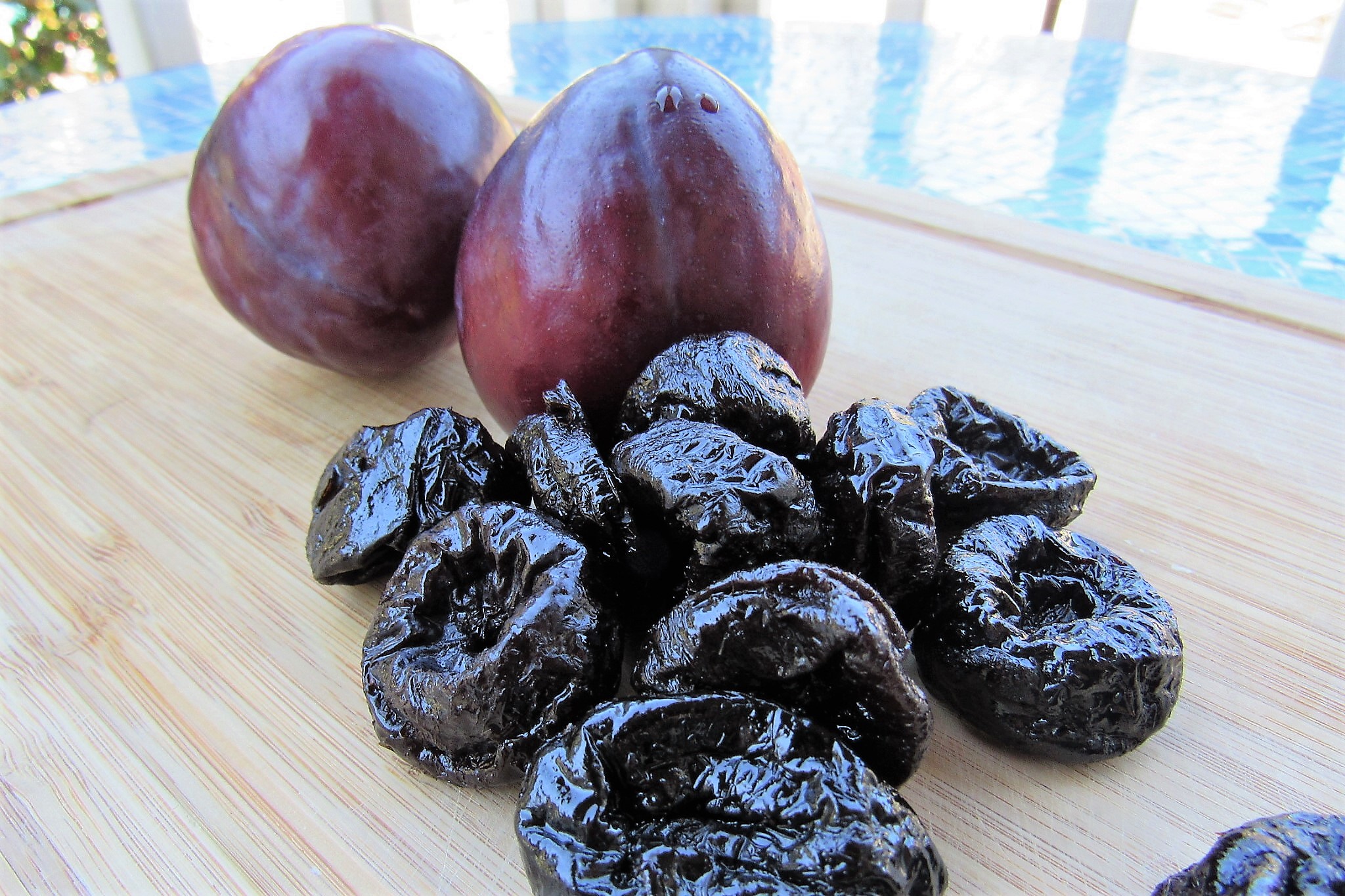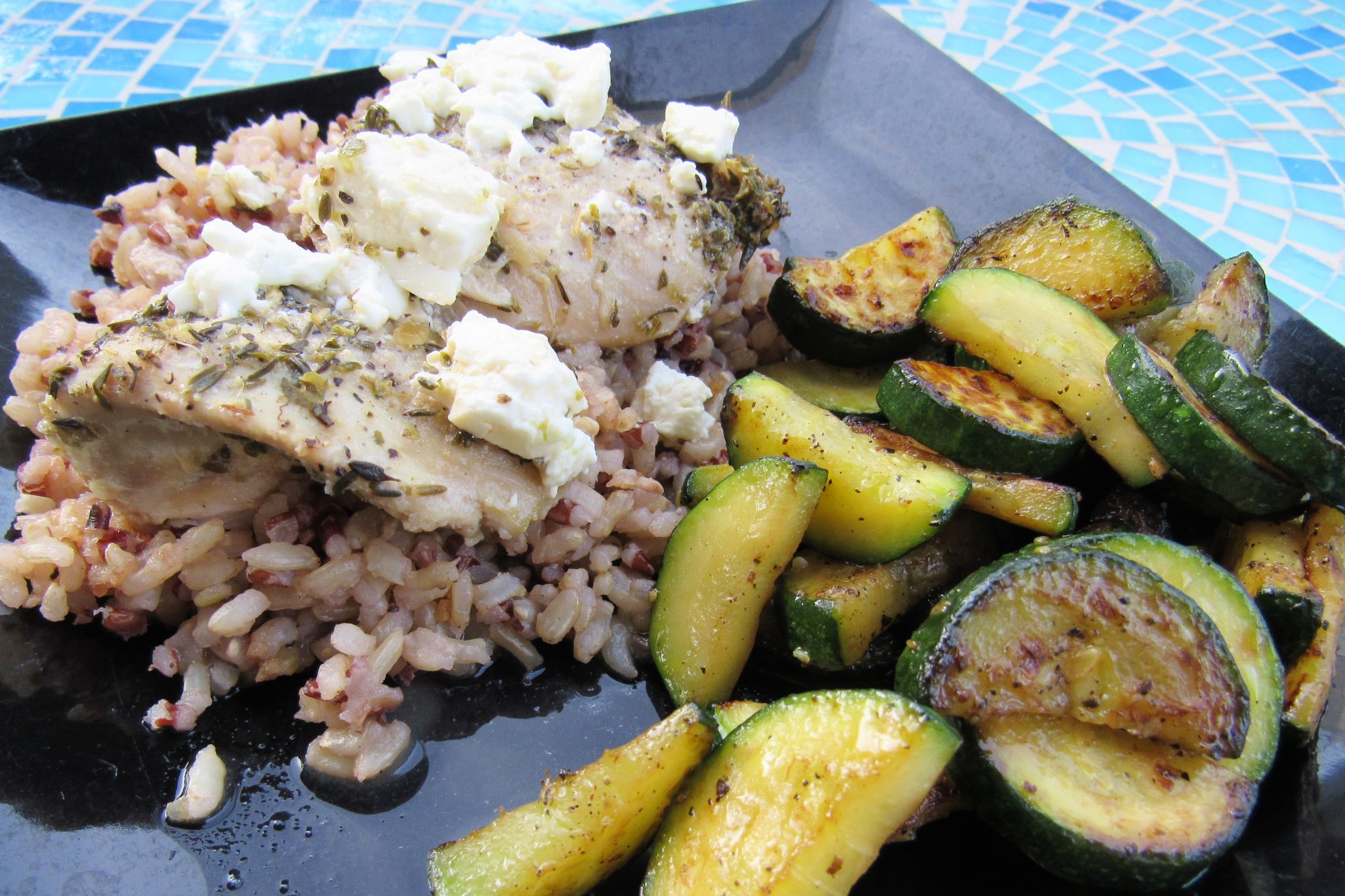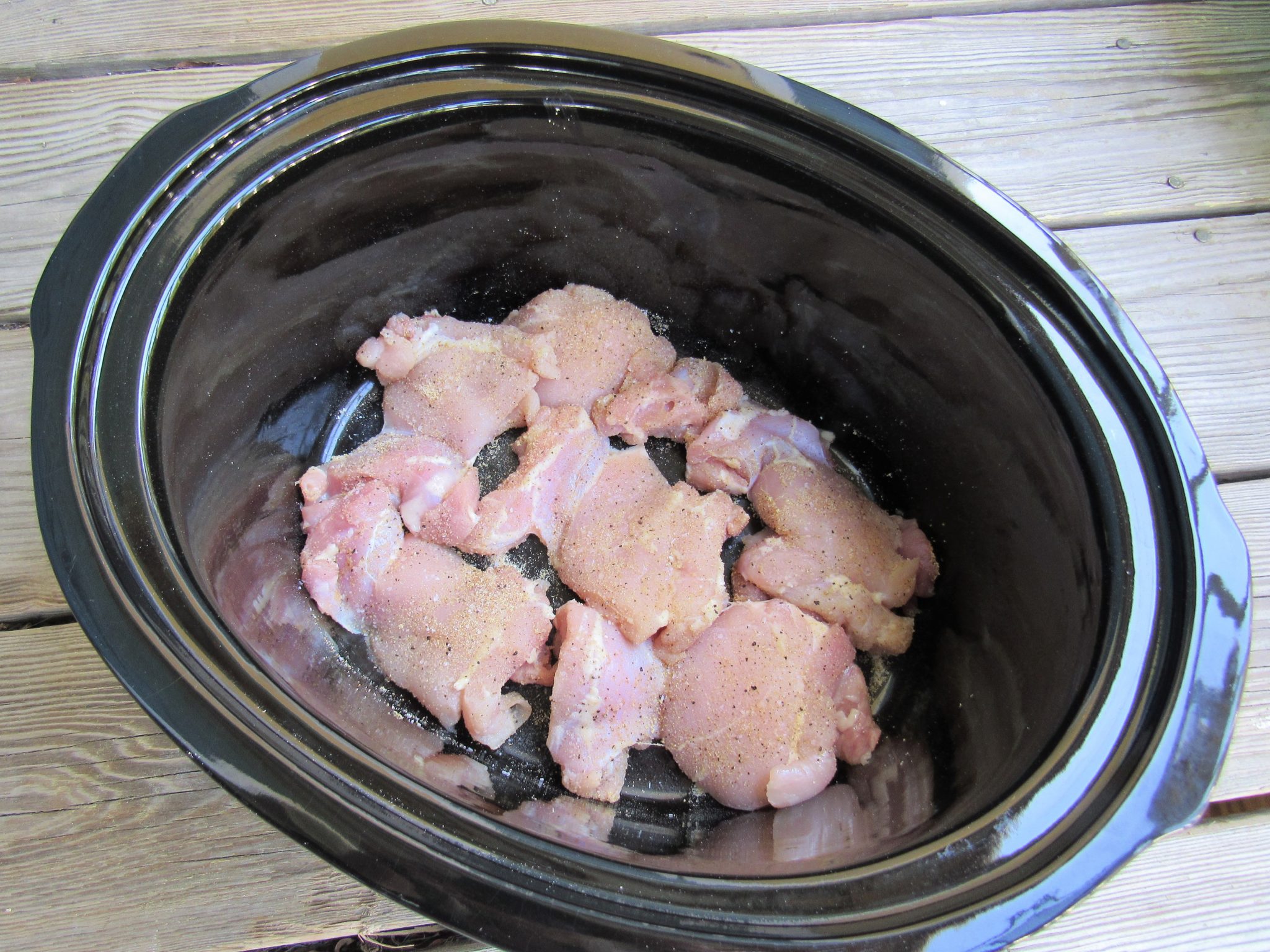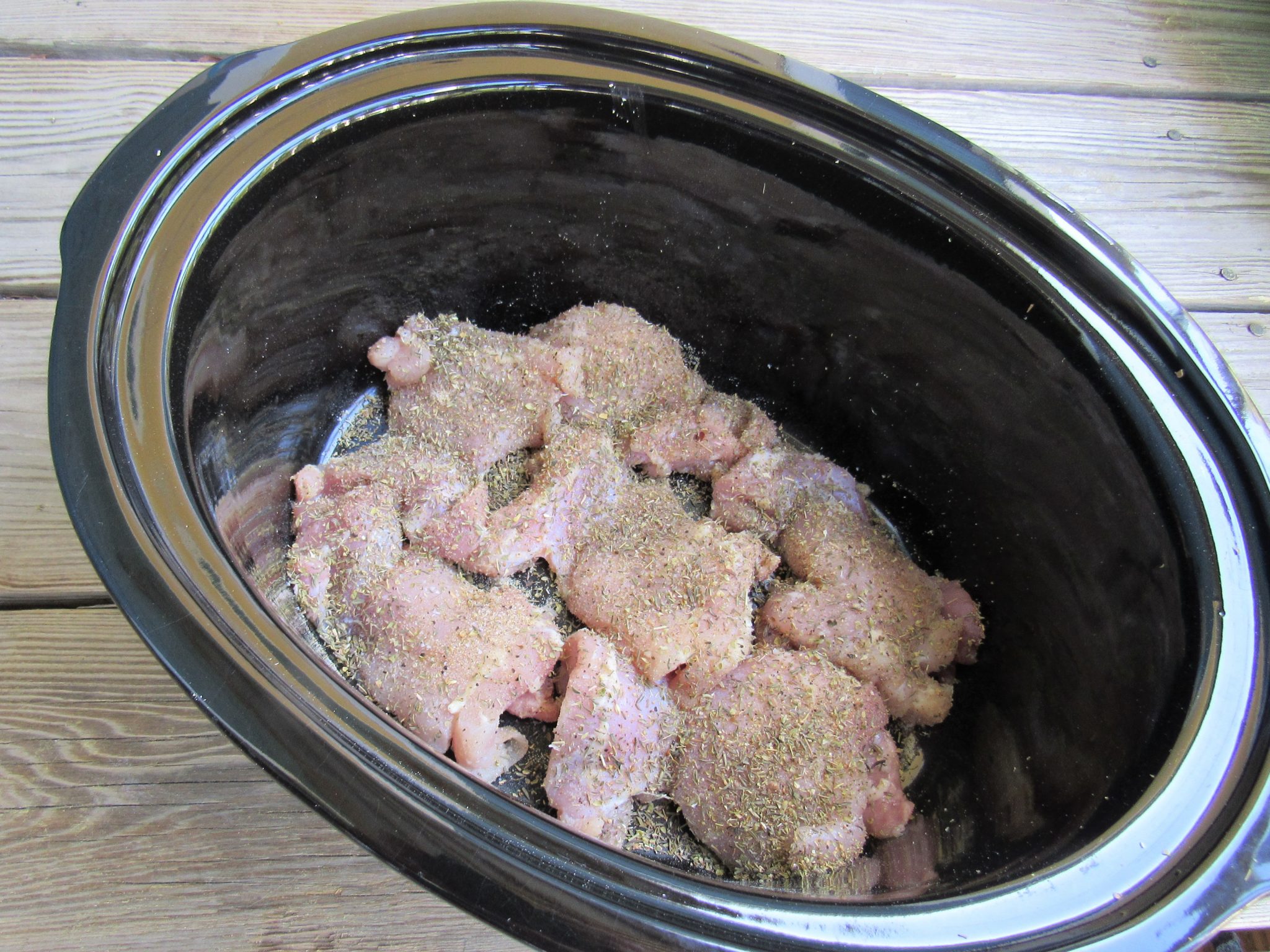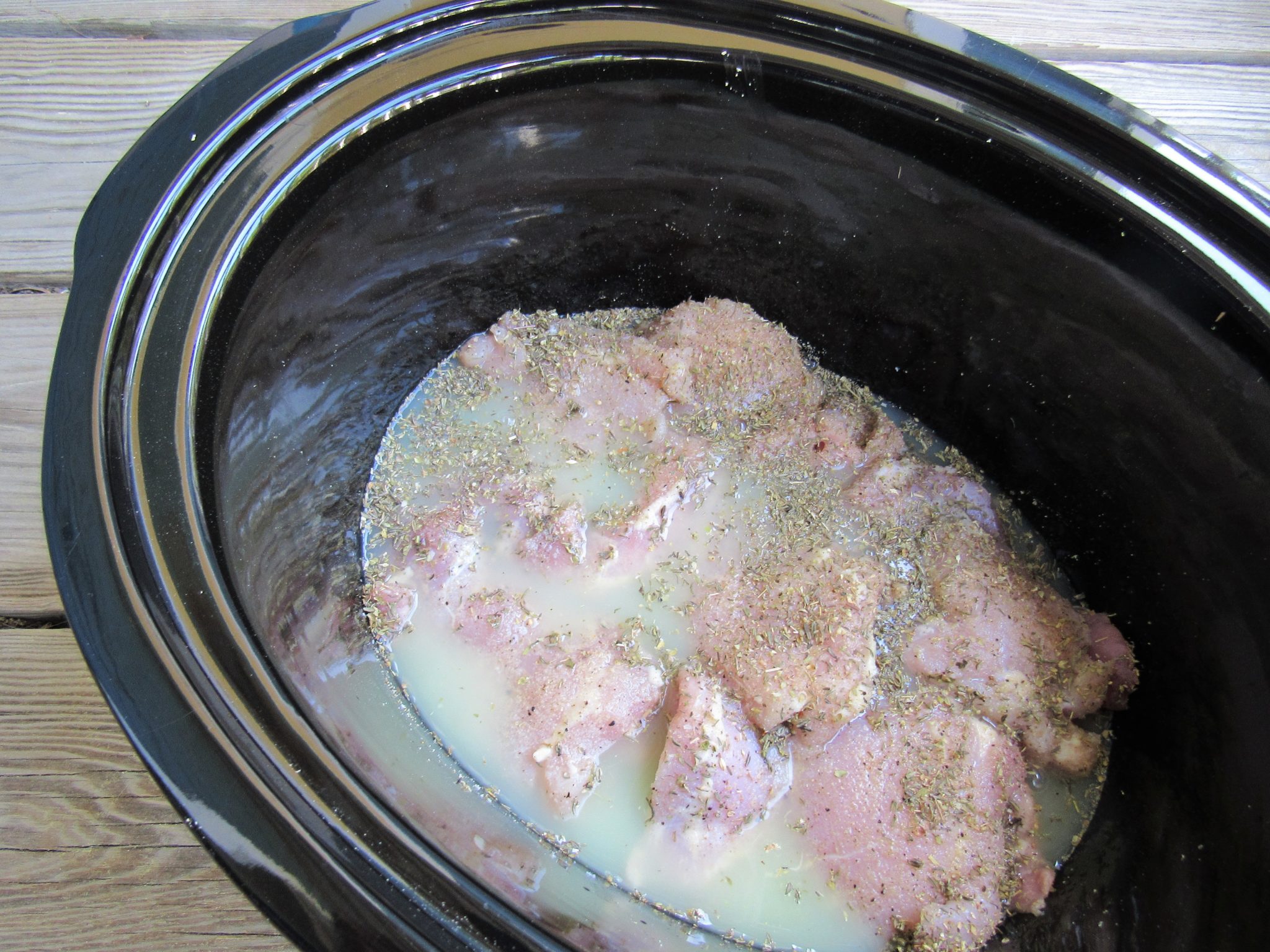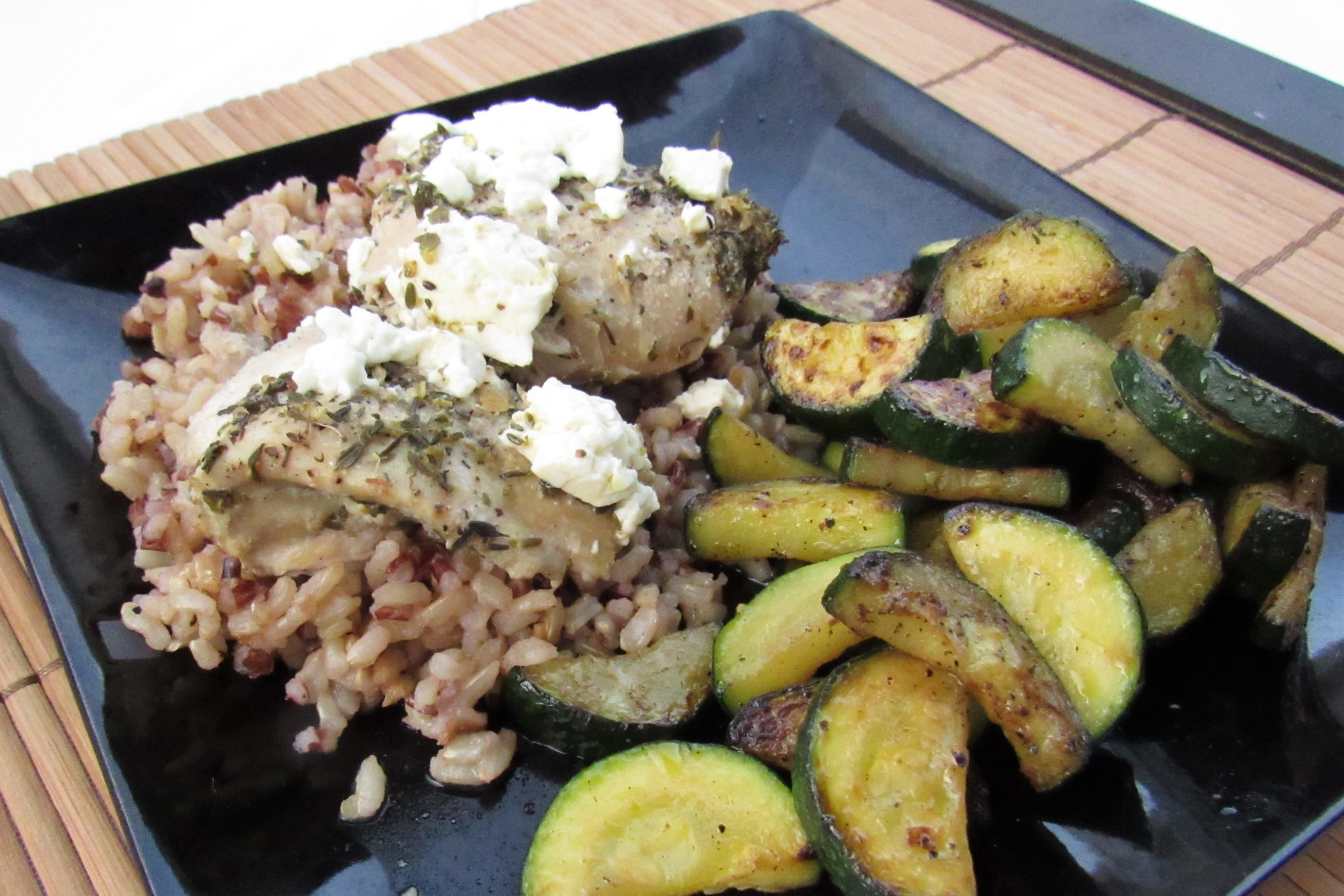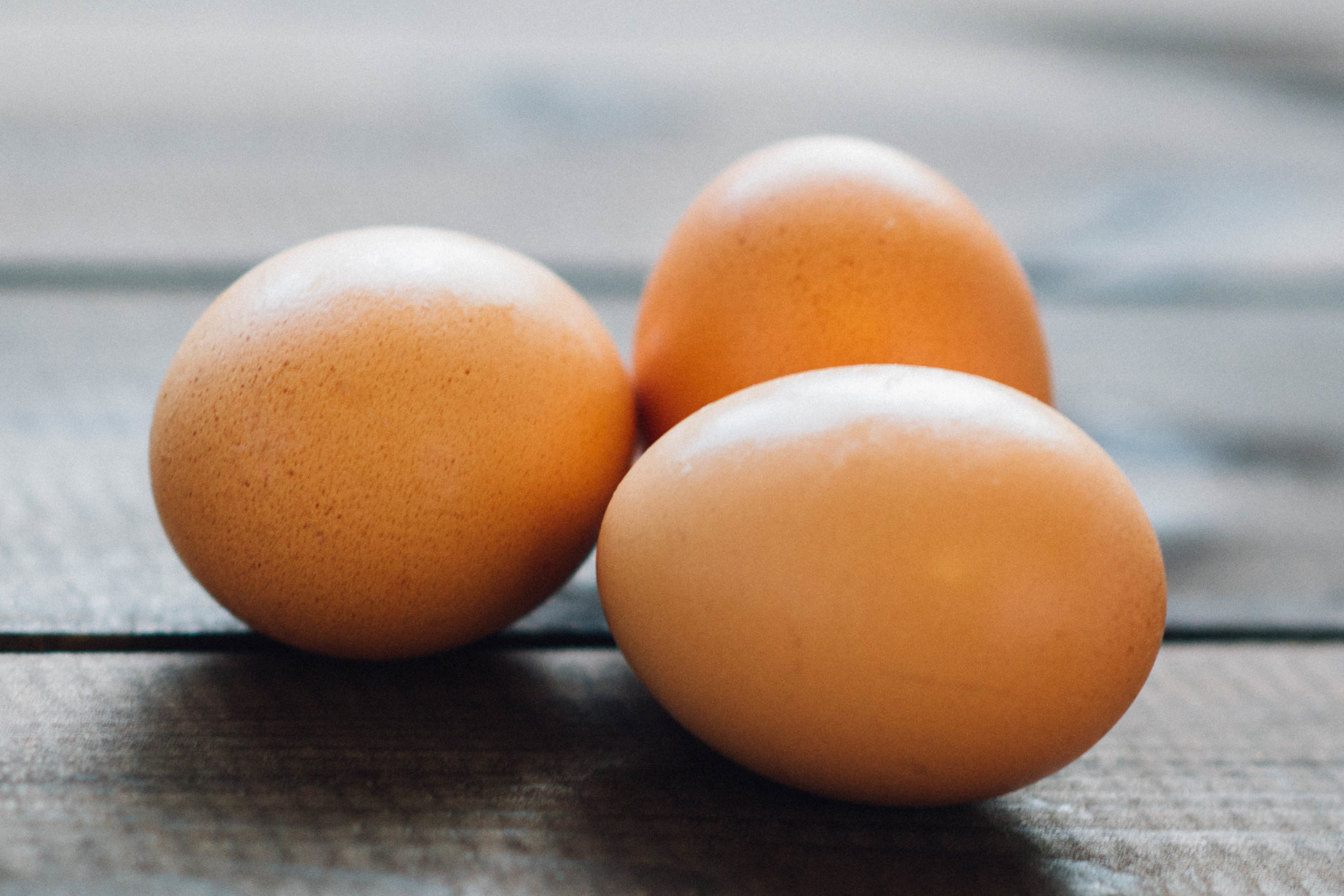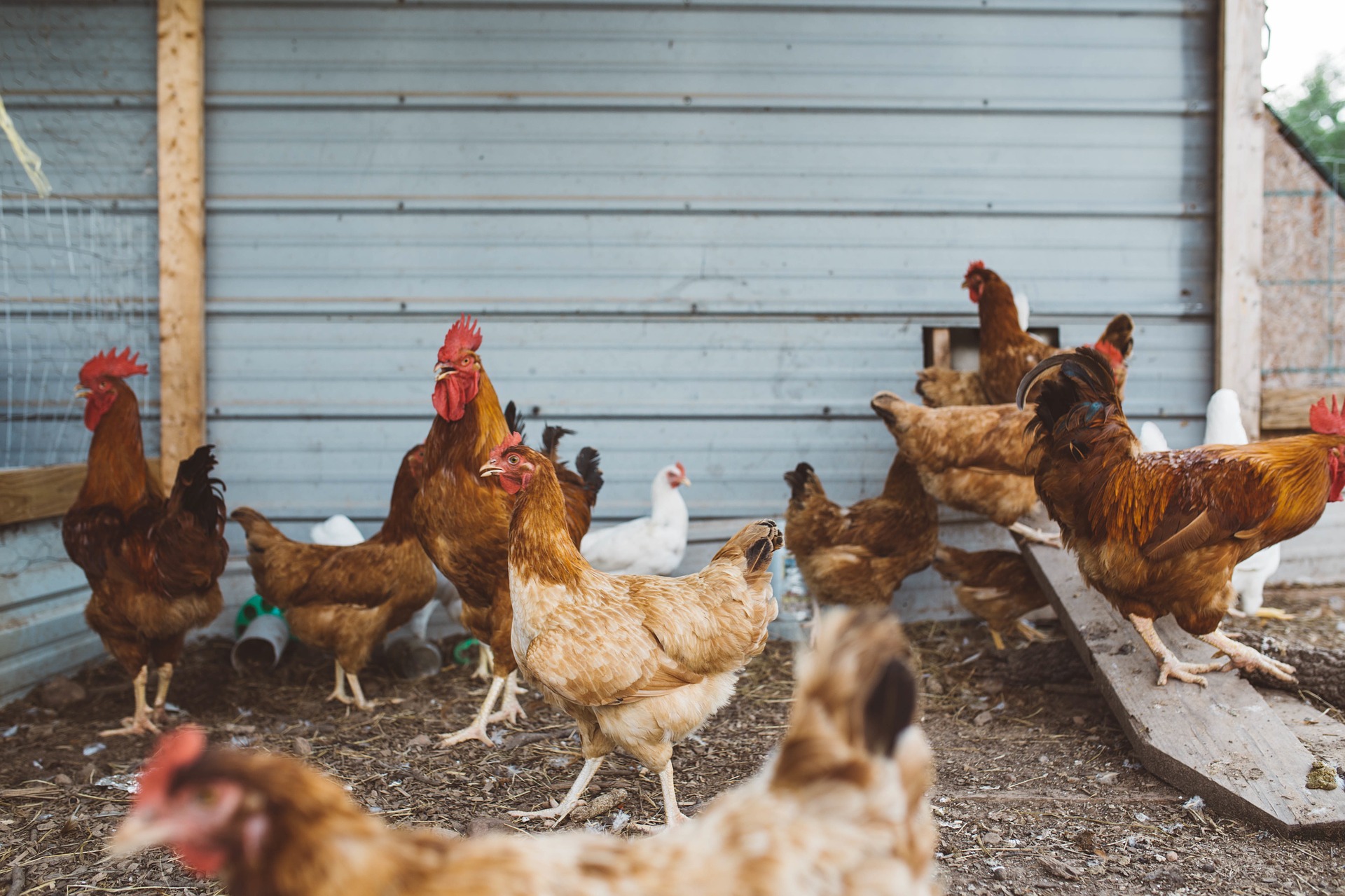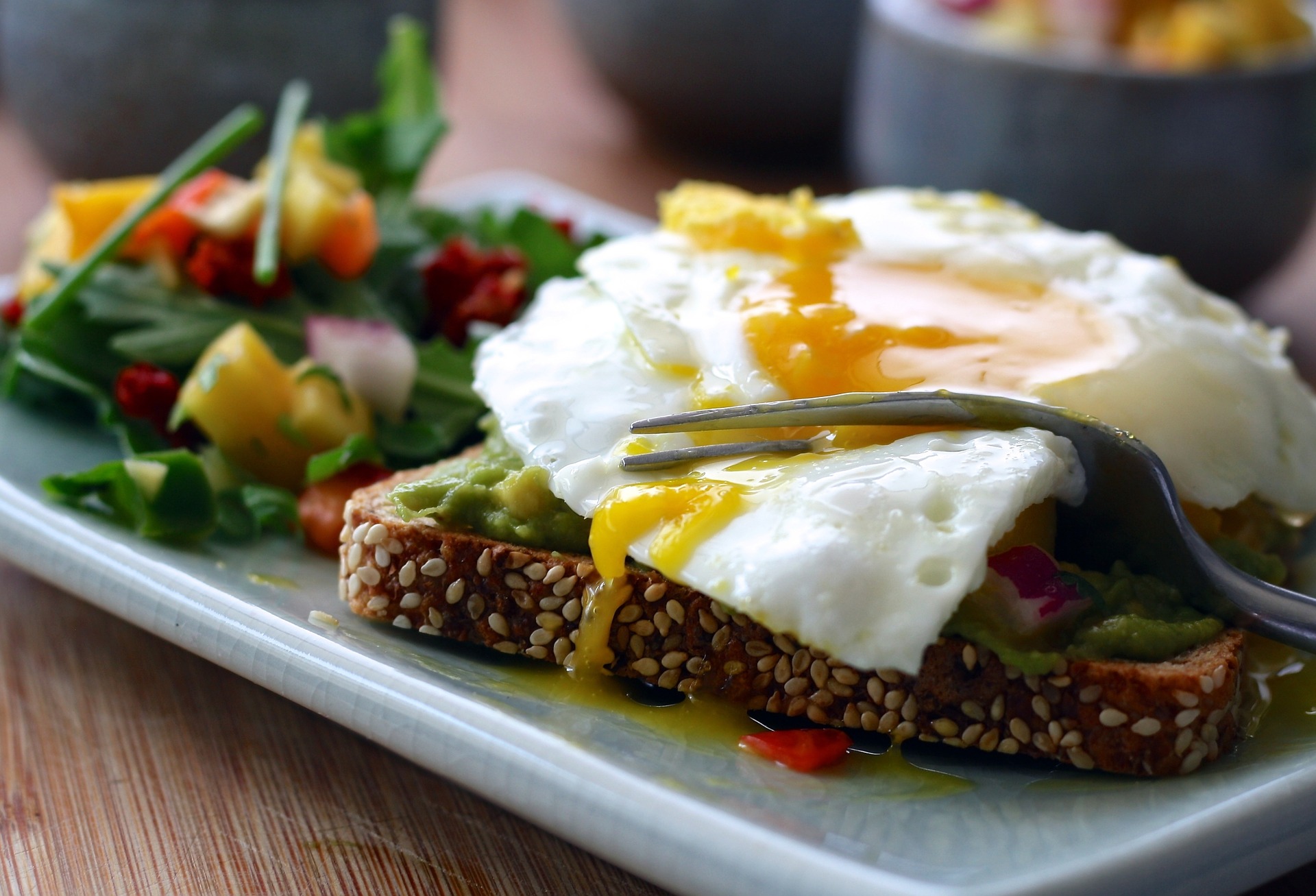Homemade pizza is tradition in our home- one that is not going away anytime soon! When my husband and I were newlyweds, we were also finishing degrees in school and the only time we had money to go out on a date was when someone gave us a gift card! Those years we learned a lot of creative ways to make yummy food at home on our tight budget. One of those foods was pizza. My husband mastered the art of making herby whole wheat pizza dough! The toppings were left to what was in the pantry, fridge and the depth of our imagination!

Over 11 years later, we still make homemade pizza about twice a month and we are excited that our daughter is reaching an age to include her in our fun, floury mess! Not only are we creating a treasure chest of fun memories with her, but the research shows that cooking with your kids may help them choose healthier foods more frequently!
Pizza speaks louder than words. — Anonymous
Maybe it’s true?!
Here is what some of the research shows…
- Kids who have tactile experiences with food (handling foods) have fewer food phobias
- Higher frequency of helping prepare and cook food at home was associated with higher fruit and vegetable preference
- Kids get to experience the planning, execution, and accomplishment of cooking a food.
- Cooking with kids reinforces elementary math skills through measuring, fractions, weighing, etc.
- Children practice reading and/or following instructions and going through consecutive steps to create a finished product
BUT, even if the research didn’t prove any of this, here is what I am already seeing…
Cooking with your kids creates laughter, connection and precious moments that can’t be taken away.

We are showing our daughter that cooking is not a chore, but can be fun, playful and filled with giggles.
Foodnetwork tv personality, Guy Fieri, adds this perspective,
“Cooking with kids is not just about ingredients, recipes, and cooking. It’s about harnessing imagination, empowerment, and creativity.”
The reality is that most of us parents are not able to cook with our kids every night. It does take more time, planning and intentionality. BUT, most of us are able to do it one time per week.
Regardless of how you decide to begin or recommit to this practice, start with a really fun recipe like pizza!! Create a pizza station on the kitchen table and get everyone involved in designing their edible art!

If you are ready to get rollin’, here are my top tips for making your pizza creation session manageable and memorable:
Invite Your Kids to Help Determine Toppings
While pepperoni may be one of the most common toppings, ask your kids to think up at least one other topping idea. Load them up in the car and head to the grocery store produce department and give them the job of finding 1 ingredient that they want to add to the pizza topping bar. Mom and dad can choose a few others.
Interestingly, my daughter declines chicken almost every time it is offered but she (NOT mommy or daddy) put it on her pizza when it was offered. She also has been refusing zucchini, but once again, she added the sauteed zucchini and onions when they were offered as pizza toppings. She devoured her pizza dinner! While I do not claim that pizza is the ‘magic bullet’ for getting your kids to eat more vegetables, creating a fun non-threatening environment led to great results this time around and it might for you too!
Encourage Creativity
While some recipes may not permit limitless creativity, pizza is not one of those recipes! There is no ‘right’ or ‘wrong’! There is no ‘messing up’ or ‘oops!’ There is only unique, one-of-a-kind, rare and stellar! So long as your kids are old enough to make their own choices, allow them to “do it.” Make sure not to quench their creativity!
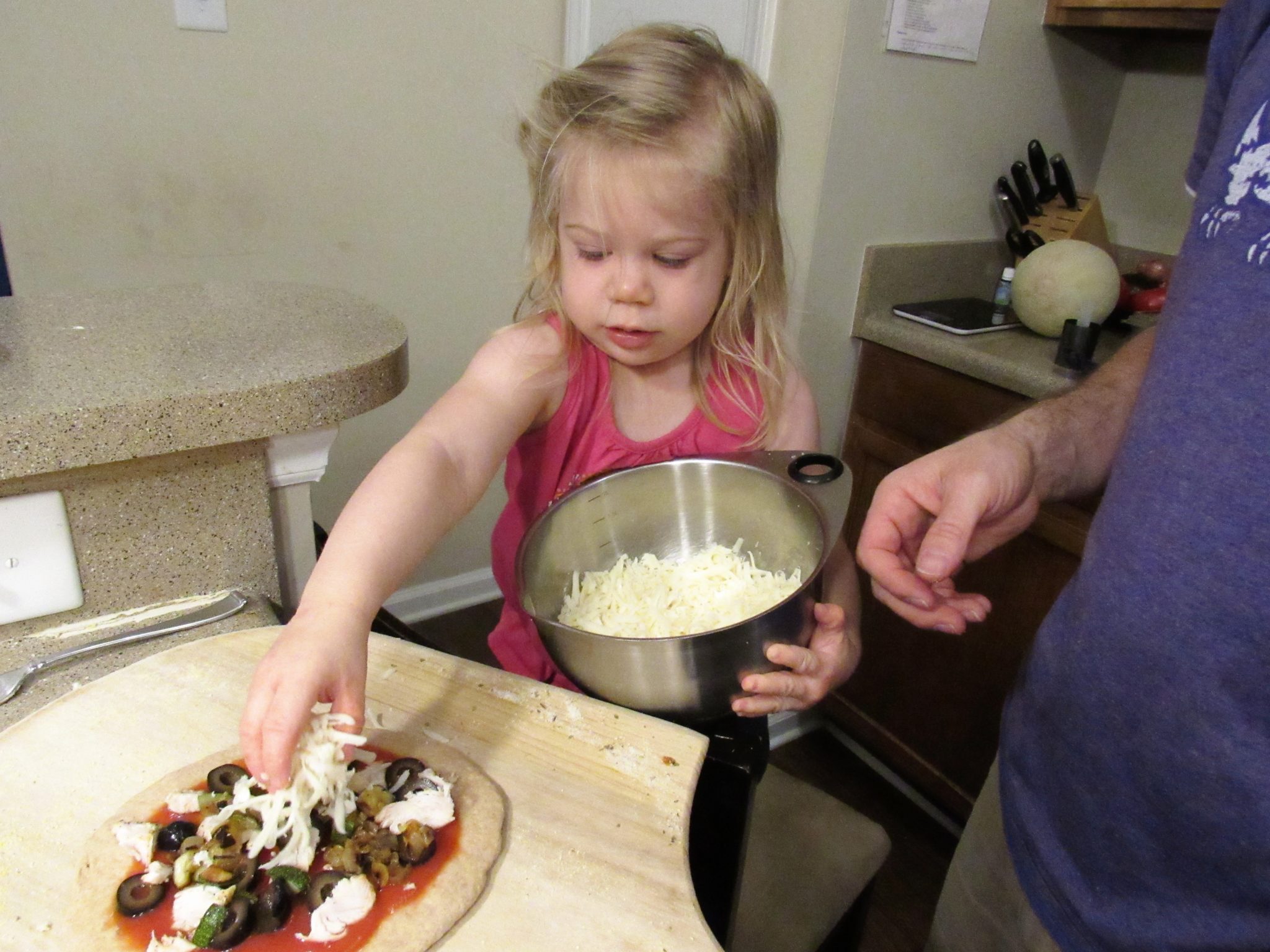
Laugh, It Could Get Messy!
While as the parent, you can set the standard for behaviors that are and are not acceptable in the kitchen, allow your kids to have fun working with their hands. You may need to put on some fun music, shake loose a little bit and acknowledge that whatever gets dirty, can always be cleaned!
Give Out Fun Pizza Creation Awards
- Most Colorful!
- Tallest!
- Most Crazy-Looking Pizza!
Create fun awards to encourage your kids to use their imagination!

To say that our family had fun making pizza with our joyful little girl is an understatement. My hope is that you will try it out too with your kids! Don’t make this out to be bigger or more overwhelming than it needs to be! Kids, especially young ones, don’t have long attention spans anyway. Invite them into your world. Allow them to touch, feel, and taste! Praise their creativity. And don’t forget to get a fun, messy picture before it ends!

REFERENCES
Chu, Y., Farmer, A., Fung, C., Kuhle, S., Storey, K., & Veugelers, P. (2013). Involvement in home meal preparation is associated with food preference and self-efficacy among Canadian children. Public Health Nutrition, 16(1), 108-112. doi:10.1017/S1368980012001218
Cooking with Kids Inc., Research and Resources
Extension, Cooking with Kids in School: Why It’s Important









